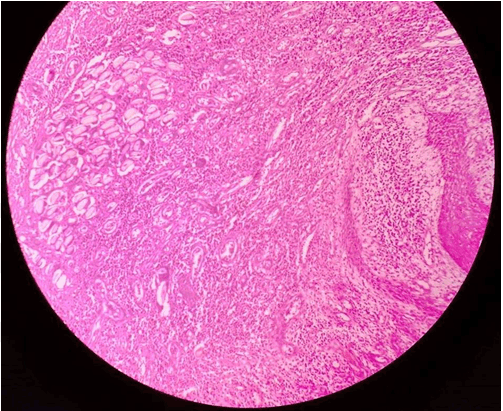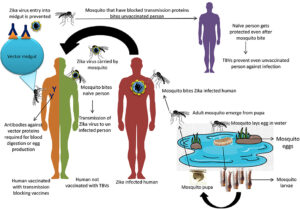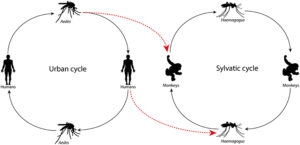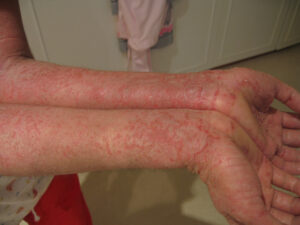A pilonidal sinus, often abbreviated as PS, is a medical condition that affects the area near the tailbone at the top of the buttocks. This condition involves the formation of a small tunnel or cavity in the skin, which can become infected and lead to complications if not treated properly. It is most commonly observed in young adults, particularly males, and requires prompt attention to prevent worsening symptoms. In this article, we will explore the causes, symptoms, diagnosis, and treatment options for pilonidal sinus in detail.
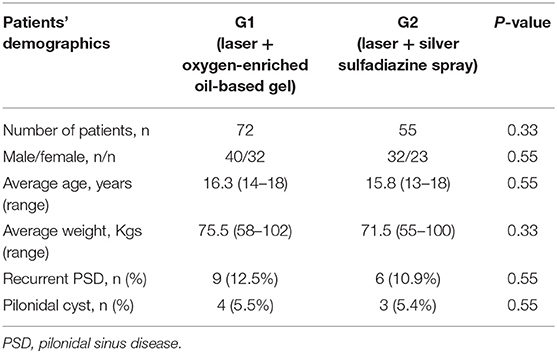
What is Pilonidal Sinus?
A pilonidal sinus is a small hole or tunnel in the skin that typically occurs near the tailbone, just above the crease of the buttocks. The term “pilonidal” comes from the Latin words “pilus,” meaning hair, and “nidus,” meaning nest, reflecting the fact that these sinuses often contain hair and debris. While it may start as a minor issue, it can develop into a painful abscess or cyst if left untreated. Understanding this condition is crucial for early detection and effective management.
Causes of Pilonidal Sinus
The exact cause of pilonidal sinus remains unclear, but several factors are believed to contribute to its development. Below are some of the primary causes:
Hair Growth and Ingrown Hairs
- Excessive hair growth in the area near the tailbone can lead to ingrown hairs, which may penetrate the skin and create small openings or tunnels.
- These openings can trap loose hairs, leading to inflammation and infection.
Friction and Pressure
- Prolonged sitting or activities that put pressure on the tailbone region can irritate the skin and increase the likelihood of developing a pilonidal sinus.
- Friction caused by tight clothing or repetitive movements can also exacerbate the condition.
Hormonal Changes
- Hormonal changes during puberty can stimulate increased hair growth and oil production, making individuals more susceptible to this condition.
- This explains why pilonidal sinus is more common in teenagers and young adults.
Genetic Factors
- Some people may have a genetic predisposition to developing pilonidal sinus due to the structure of their skin or hair follicles.
Symptoms of Pilonidal Sinus
The symptoms of pilonidal sinus can vary depending on the severity of the condition. In mild cases, there may be no noticeable signs, while advanced cases can present with significant discomfort. Here are the most common symptoms:
Small Pits or Holes in the Skin
- Tiny openings or dimples in the skin near the tailbone are often the first sign of a pilonidal sinus.
- These pits may appear harmless initially but can worsen over time.
Pain and Swelling
- As the sinus becomes inflamed or infected, pain and swelling in the affected area may occur.
- The pain is usually localized but can radiate to nearby regions, especially when sitting or moving.
Redness and Tenderness
- The skin around the sinus may become red, tender, and warm to the touch, indicating an inflammatory response.
Pus or Discharge
- In cases where an abscess forms, pus or foul-smelling discharge may drain from the sinus.
- This is a clear sign of infection and requires immediate medical attention.
Fever and Fatigue
- Severe infections may cause systemic symptoms such as fever, chills, and fatigue.
- These symptoms indicate that the infection has spread beyond the localized area.
Diagnosis of Pilonidal Sinus
Diagnosing a pilonidal sinus typically involves a physical examination and, in some cases, additional tests to rule out other conditions. Here’s how healthcare providers approach the diagnostic process:
Physical Examination
- A doctor will visually inspect the area near the tailbone for visible signs of a sinus, such as pits, swelling, or discharge.
- They may gently press on the area to assess for tenderness or the presence of an abscess.
Medical History
- Understanding the patient’s medical history, including any previous episodes of pilonidal sinus or related conditions, helps guide the diagnosis.
- Information about lifestyle habits, such as prolonged sitting or occupational risks, is also valuable.
Imaging Tests
- In complex or recurrent cases, imaging tests like ultrasound or magnetic resonance imaging may be used to evaluate the extent of the sinus tract.
- These tests help determine the best course of treatment and rule out other potential causes of the symptoms.
Treatment Options for Pilonidal Sinus
Treatment for pilonidal sinus depends on the severity of the condition and whether an infection is present. The goal of treatment is to alleviate symptoms, remove the sinus, and prevent recurrence. Below are the most common treatment approaches:
Conservative Management
- Warm Compresses: Applying warm compresses to the affected area can help reduce pain and promote drainage of any fluid buildup.
- Antibiotics: If an infection is present, antibiotics may be prescribed to control the bacterial growth and prevent further complications.
- Hygiene Practices: Maintaining good hygiene by keeping the area clean and dry is essential to prevent worsening of the condition.
Incision and Drainage
- If an abscess has formed, a minor surgical procedure called incision and drainage may be performed to relieve pressure and remove pus.
- This procedure provides immediate relief but does not address the underlying sinus tract, so recurrence is possible.
Surgical Excision
- For persistent or recurrent cases, surgical excision may be necessary to completely remove the sinus tract.
- There are different techniques for surgical excision, including open wound healing and primary closure, each with its own advantages and recovery times.
Laser Treatment
- Laser therapy is a minimally invasive option that uses laser energy to destroy the sinus tract and promote healing.
- This method is gaining popularity due to its reduced recovery time and lower risk of complications compared to traditional surgery.
Preventive Measures
- Weight Management: Maintaining a healthy weight reduces pressure on the tailbone area, lowering the risk of developing a pilonidal sinus.
- Proper Posture: Avoiding prolonged sitting and using cushions designed to relieve pressure can help prevent recurrence.
- Hair Removal: Regularly shaving or removing excess hair in the affected area can minimize the risk of ingrown hairs contributing to the condition.
Complications of Untreated Pilonidal Sinus
If left untreated, a pilonidal sinus can lead to several complications, including:
- Chronic Infection: Persistent infections can cause ongoing pain and discomfort, affecting quality of life.
- Abscess Formation: An untreated sinus can develop into a large, painful abscess requiring emergency treatment.
- Spread of Infection: In severe cases, the infection can spread to surrounding tissues or even enter the bloodstream, leading to life-threatening conditions.
When to Seek Medical Attention
It is important to consult a healthcare provider if you experience any of the following:
- Persistent pain or swelling near the tailbone.
- Visible discharge or pus from the area.
- Fever or other systemic symptoms accompanying the sinus.
Early intervention can prevent complications and ensure a faster recovery.
